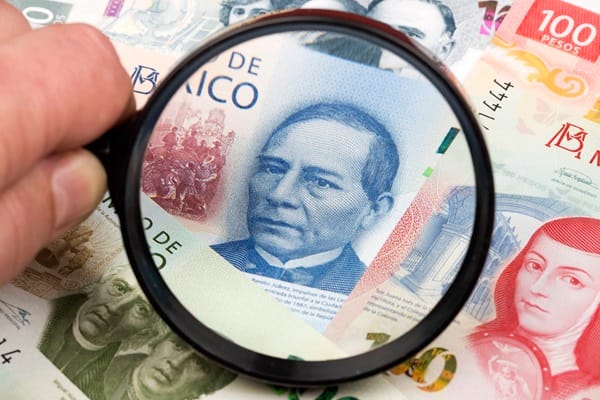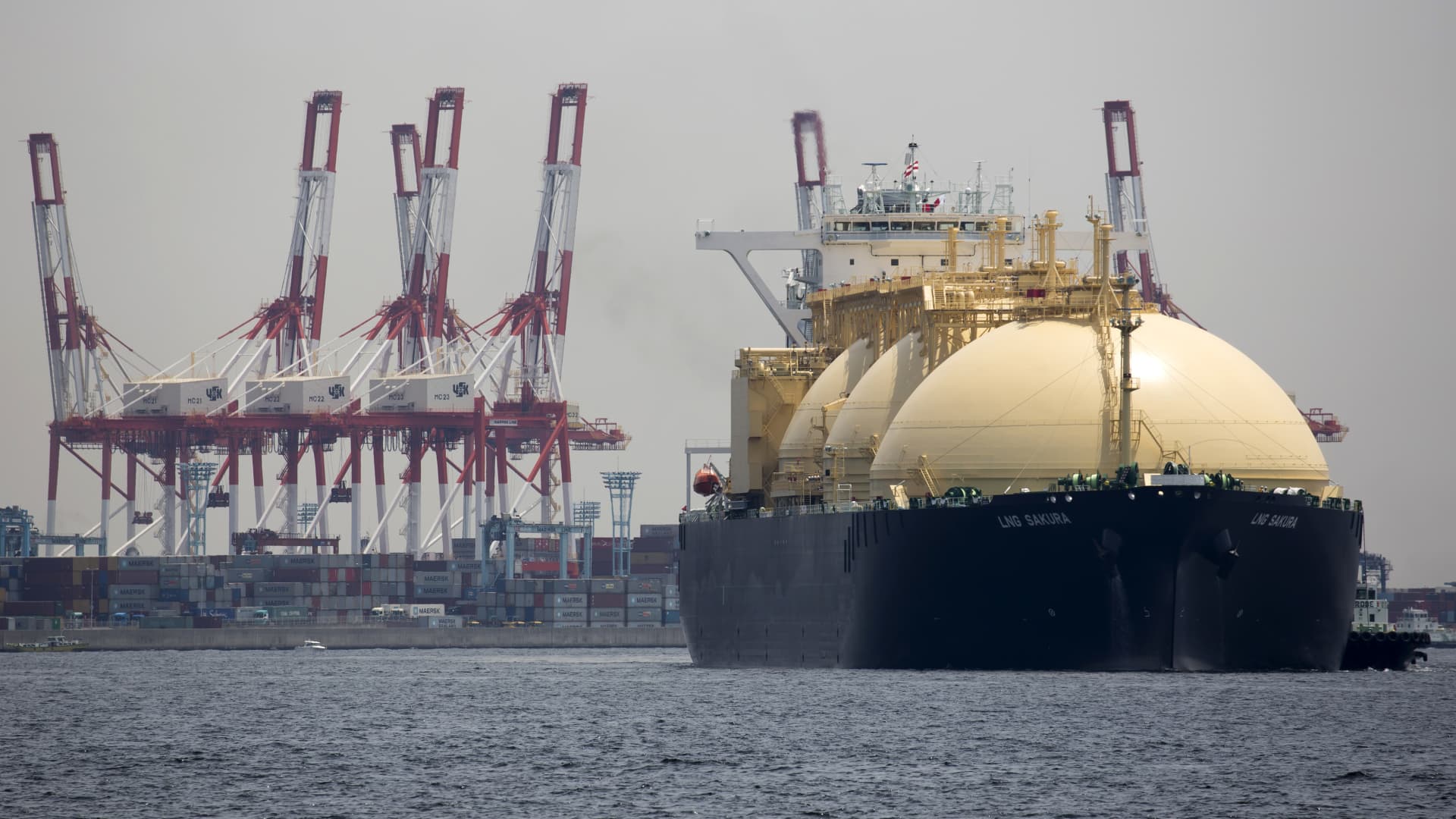The Mexican peso started the week on a positive note against the U.S. dollar, benefiting from broad-based weakness in the greenback.
However, this optimism may prove short-lived as fresh domestic data point to a cooling economy.
Mexico’s Global Indicator of Economic Activity (IGAE) declined 0.2% month-on-month in January and had a flat annual variation, although the data is better than during the previous period.
While primary activities surged by 3.1% on the month and 14.6% year-on-year, secondary activities contracted by 0.4% monthly and 2.8% annually.
Mining, construction and manufacturing sectors are facing structural challenges, which may constrain economic growth and potentially impact the Mexican currency. The tertiary sector held steady, posting flat monthly growth and modest gains on an annual basis, offering limited support to the broader economic picture.
Inflation also remains a key variable. Mid-month data pointed to moderate price increases, with underlying component rising by 0.24%, reflecting pressures in food and services. Conversely, the non-underlying component fell 0.19%. On an annual basis, inflation was 3.67%, representing a significant drop compared to the same period in 2024, when the rate was 4.48%.
With inflation showing signs of containment and economic activity softening, Banxico could maintain its rate-cutting policy. While this could support a moderate growth, it may also cap the peso’s near-term gains.








